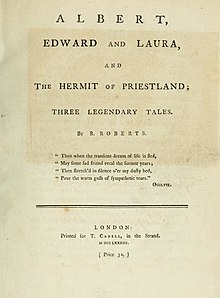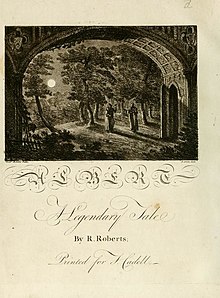
Beauty and the Beast is a fairy tale written by French novelist Gabrielle-Suzanne Barbot de Villeneuve and published in 1740 in La Jeune Américaine et les contes marins. Her lengthy version was abridged, rewritten, and published by French novelist Jeanne-Marie Leprince de Beaumont in 1756 in Magasin des enfants to produce the version most commonly retold. Later, Andrew Lang retold the story in Blue Fairy Book, a part of the Fairy Book series, in 1889. The fairy tale was influenced by Ancient Greek stories such as "Cupid and Psyche" from The Golden Ass, written by Lucius Apuleius Madaurensis in the second century AD, and The Pig King, an Italian fairytale published by Giovanni Francesco Straparola in The Facetious Nights of Straparola around 1550.
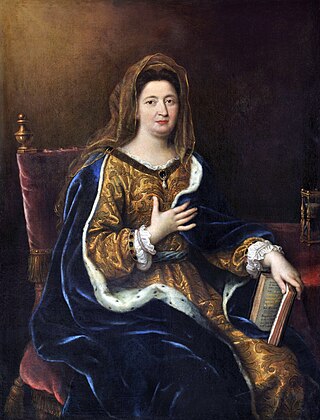
Françoise d'Aubigné, known first as Madame Scarron and subsequently as Madame de Maintenon, was a French noblewoman who secretly married King Louis XIV. Although she was never considered queen of France, she was one of the King's closest advisers and the royal children's governess. In 1686, she founded the Maison royale de Saint-Louis, a school for girls from poorer noble families.
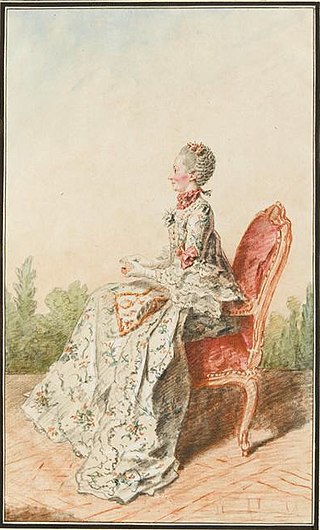
Gabrielle-Suzanne Barbot de Villeneuve was a French novelist influenced by Madame d'Aulnoy, Charles Perrault, and various précieuse writers. Villeneuve is particularly noted for her original story of La Belle et la Bête, which was published in 1740 and is the oldest known variant of the fairy tale Beauty and the Beast.

Isabelle de Charrière, known as Belle van Zuylen in the Netherlands, née Isabella Agneta Elisabeth van Tuyll van Serooskerken, and [Madame] Isabelle de Charrière elsewhere, was a Dutch and Swiss writer of the Enlightenment who lived the latter half of her life in Colombier, Neuchâtel. She is now best known for her letters and novels, although she also wrote pamphlets, music and plays. She took a keen interest in the society and politics of her age, and her work around the time of the French Revolution is regarded as being of particular interest.

Jeanne-Marie Leprince de Beaumont was a French novelist who wrote the best known version of Beauty and the Beast. Her third husband was the French spy Thomas Pichon (1757–1760).

Mary Davys (1674?–1732) was an Irish novelist and playwright.
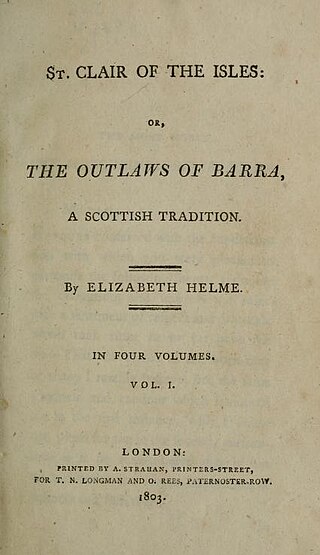
Elizabeth Helme was a prolific English novelist, educational writer, and translator active in the late 18th and early 19th centuries.

Barbarina Brand, Lady Dacre, was an English poet, playwright, and translator. In addition to her writing, she sculpted, rode, was proficient in both French and Italian, and maintained an extensive correspondence with a circle of other literary women, including Joanna Baillie, Mary Russell Mitford, and Catherine Maria Fanshawe.

Anne Bannerman was a Scottish poet. She was part of the Edinburgh literary circle which included John Leyden, Jessie Stewart, Thomas Campbell, and Robert Anderson. Her work was popular in her lifetime and "remains significant for her Gothic ballads, as well as for her innovative sonnet series and her bold original odes."

Anne-Catherine de Ligniville, Madame Helvétius, also Anne-Catherine de Ligniville d'Autricourt, nicknamed "Minette", maintained a renowned salon in France in the eighteenth century.

Françoise de Graffigny, better known as Madame de Graffigny, was a French novelist, playwright and salon hostess.

Letters from a Peruvian Woman is a 1747 epistolary novel by Françoise de Graffigny. It tells the story of Zilia, a young Incan princess, who is abducted from the Temple of the Sun by the Spanish during the Spanish conquest of the Inca Empire. In a series of letters to her fiancé Aza, who is also the Sapa Inca, Zilia tells the story of her capture, her rescue by French sailors, her befriending of the captain Déterville and her introduction to French society.
François-Antoine Devaux was a Lorraine poet and man of letters. He was called Panpan by his friends.

Jeanne-Françoise Quinault was a French actress, playwright and salon hostess.

Anne-Marie Fiquet du Boccage, née Le Page, was an 18th-century French writer, poet, and playwright.
Anne-Louise Élie de Beaumont was a French writer. She was the author of Letters from the Marquis de Roselle.
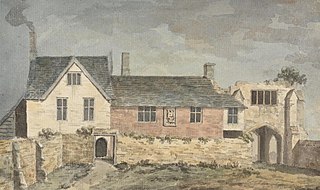
Margaret Minifie was a "a minor eighteenth-century sentimental novelist" whose career has tended to have been overshadowed by that of her sister, Susannah Gunning. A number of Minifie's works have historically been attributed to Gunning but recently, critics have sought to disentangle their two histories.

During the eighteenth century, there were several attempts to describe a "women's literary tradition." This table compares six eighteenth-century collections of notable women: George Ballard's Memoirs of several ladies of Great Britain (1752), John Duncombe's The Feminead (1754), the Biographium Faemineum, Mary Scott's The Female Advocate (1775), Richard Polwhele's The Unsex'd Females (1798), and Mary Hay's Female Biography (1803).

Fanny Margaretta Holcroft (1780–1844), daughter of writer Thomas Holcroft, was a novelist, dramatist, and translator whose work aligned with the progressive tumult of the revolutionary period.
